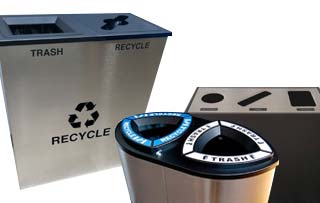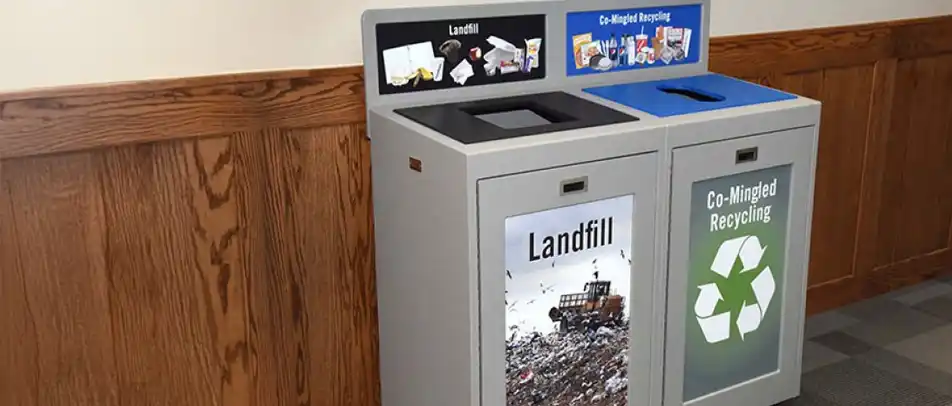
Sustainability is a long-term effort to decreasing our carbon footprint. When it comes to making progress in sustainability initiatives, it requires not only support from key decision-makers but also budget allocation. Maximizing the engagement of stakeholders in these initiatives can boost the effects of sustainability.
Bringing sustainability initiatives to life requires getting buy-in from decision-makers and stakeholders. Stakeholders can be investors, employees, customers, etc. If you’re leading a sustainability initiative, it may be challenging to secure the buy-in necessary to succeed.
However, without support from these key individuals, your initiative may not be able to get off the ground or face obstacles along the way. Another effect of disengaged stakeholders in sustainability is the difficulty of securing the budget necessary to implement the strategy in your building/facility.
Therefore, it’s essential to find effective ways to communicate with them. Collaboration should be a key part of your strategy for engaging internal and external stakeholders at each stage of your sustainability journey. Fortunately, there are best practices that can help you engage stakeholders to progress your initiative and increase your chances of success.
Below we will outline some ways on how to engage stakeholders in sustainability initiatives.
Communicating with Stakeholders
A large part of engaging stakeholders in your sustainability initiatives is making decisions about how you will involve them. Consider the following for creating your engagement plan:
A) Start early
Outline a plan for engaging stakeholders early in the development of your sustainability initiative. This way, you can keep stakeholders in the loop right from the beginning of the project. They will have more transparency to know what’s happening and can provide any concerns before they grow into larger issues that could threaten the success of your initiative.
B) Communication method
To engage your stakeholders, consider ways you can facilitate communication. Stakeholders may want to have varying levels of involvement in your project. Therefore, it’s important to determine which communication methods will work best for all parties involved.
A few ways to engage stakeholders are through surveys, interviews, focus groups, workshops, etc. Which method will be most effective in gathering their feedback? Will meetings be formal or informal? You can tailor your approach based on how responsive you believe your stakeholders will be using each communication method.
C) Scheduling
Stakeholders likely have extremely busy schedules. Consider how you can work with their schedule to allow them to engage actively. If your idea is to meet in person, you need to determine if your stakeholders will have regular availability for in-person touchpoints. If they don’t, perhaps, gathering their insight through email surveys will be more effective in avoiding scheduling issues.
D) Frequency
Determine how often you will engage your stakeholders in sustainability. Will you send quarterly surveys? Or have a monthly meeting? Set up a schedule to allow stakeholders to plan ahead, set time aside, and know what to expect every time you engage with them.
E) Preparation
Outline the content you will be covering in each check-in, so they can prepare in advance and carefully think about their responses. Be clear about when you will require any follow-up communication from stakeholders after a meeting.
Set Goals Together
Setting goals for sustainability initiatives ensures everyone knows what success looks like. Having an open dialogue with stakeholders helps them to understand your strategy fully. Make sure you communicate how they can help the initiative progress. What do short-term goals look like? What do long-term goals look like?
Approaching the project this way makes the process collaborative and helps stakeholders feel like they have more skin in the game. When they voice their concerns, take this feedback and address it with strategic solutions. Putting their concerns at ease drive your initiative forward.
Share Collected Data
Collecting and reporting data is an important part of getting buy-in from key decision-makers. As you implement sustainability initiatives, the data and metrics you collect can be shared with stakeholders. Tracking this journey and being transparent will provide evidence of your success.
This will encourage co-operation because stakeholders can tie efforts to real results. They will see that your strategy is working and you’re meeting goal targets (which helps them look good too!). Another benefit of sharing positive outcomes is that it may help you secure larger budgets in the future for upcoming sustainability initiatives.
























































































 Three Ways to Engage Teams and Clients to Maximize Your Recycling Program Engagement
Three Ways to Engage Teams and Clients to Maximize Your Recycling Program Engagement  How to Integrate Accessibility Into Your Sustainability Planning
How to Integrate Accessibility Into Your Sustainability Planning  Why Park Benches Can Promote Workplace Well-Being
Why Park Benches Can Promote Workplace Well-Being 
